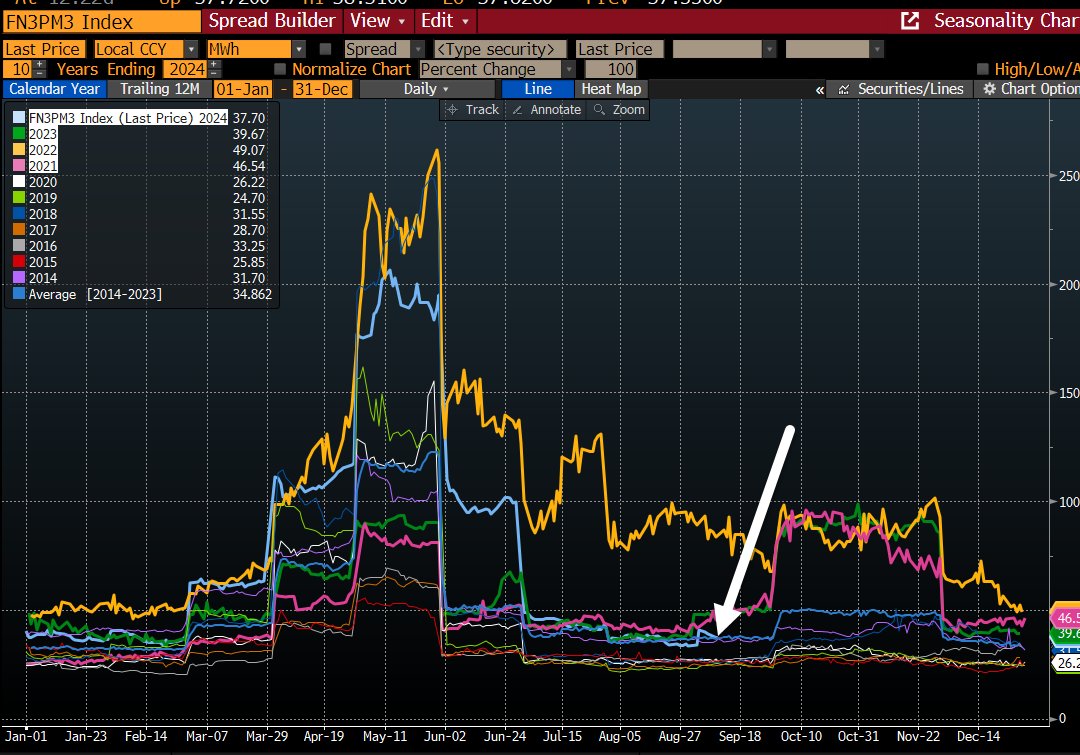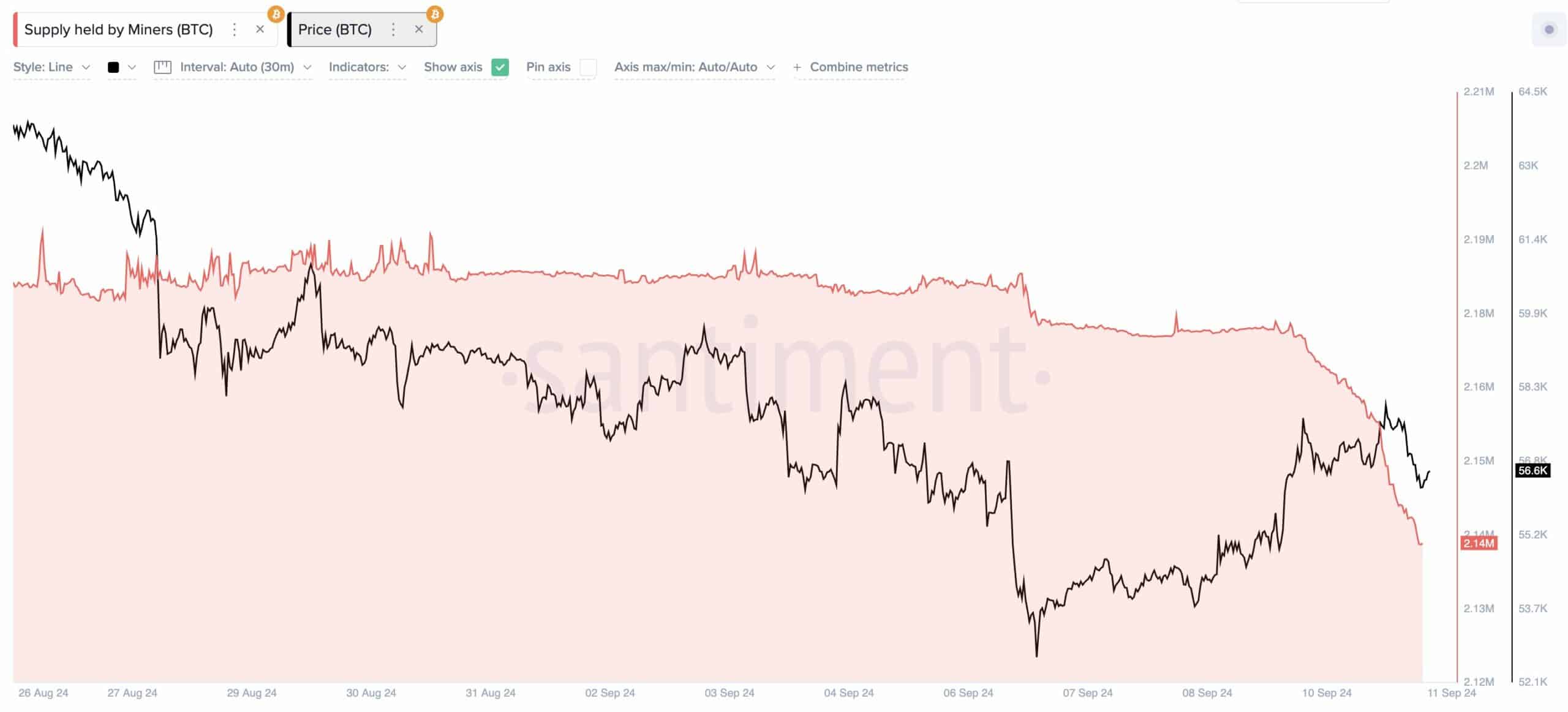High Bitcoin hashrate fails to prop up BTC – Here’s why

- Per VanEck, BTC’s high network hashrate was partly boosted by cheap power in Texas.
- However, BTC miner sell-off has intensified and could weigh down prices in the short term.
Bitcoin [BTC] network hashrate has seen remarkable recovery, rising from June lows of 550 TH/s to a record high in September.
The metric tracks the computational power needed to mine a single BTC and, by extension, the network security.
The recovery suggested that miners deployed more power in the summer after the massive miner capitulation that began the post-BTC halving event in April.
Although the metric positively correlates to the BTC price, it has recently printed a divergence.
BTC price trails network hashrate
According to Mathew Siggel, VanEck’s Head of Digital Assets Research, the network hashrate surge was partly driven by cheaper electricity in Texas during summer. He said,
“The recent increase in hash rate seems to be driven by higher rig utilization following seasonal Summer reductions in activity due to high electricity prices during the peak months. But Forward Power Prices in TX (~10% of Global Hash Rate) are Now Lowest in 4 Years.”
Siggel added that if mining costs remain low, the sell-off from miners could ease and reduce the pressure on BTC prices.
However, Glassnode established that despite improving miner conviction, BTC traders remained unconvinced about the BTC price in the short term.
Meanwhile, the miner sell pressure seems far from over. In the past three days, miners have offloaded 30K BTC, worth about $1.7 billion, into the market.
As of the time of writing, the total sell-off in September was 40K BTC, meaning most of the dump (30k BTC) happened earlier in the week when BTC attempted price recovery.
This ongoing miner sell-off could derail a strong price recovery for BTC.
At the time of writing, BTC was valued at $56.6K, down 4% from its monthly high of $59.8K.









